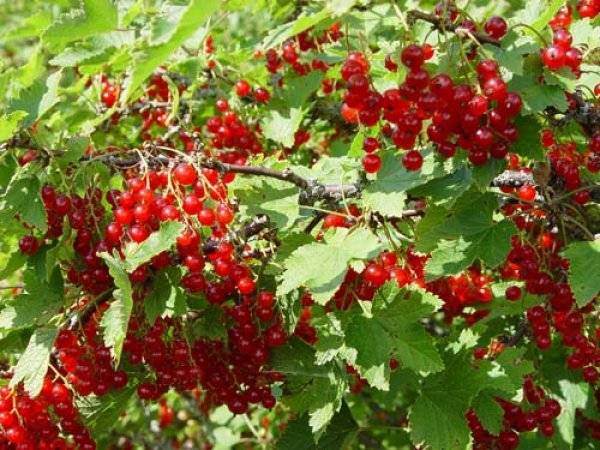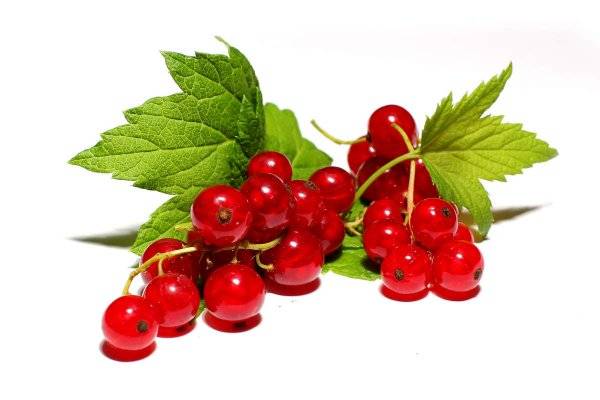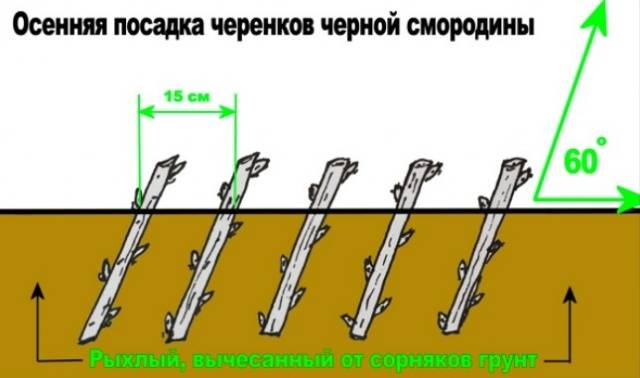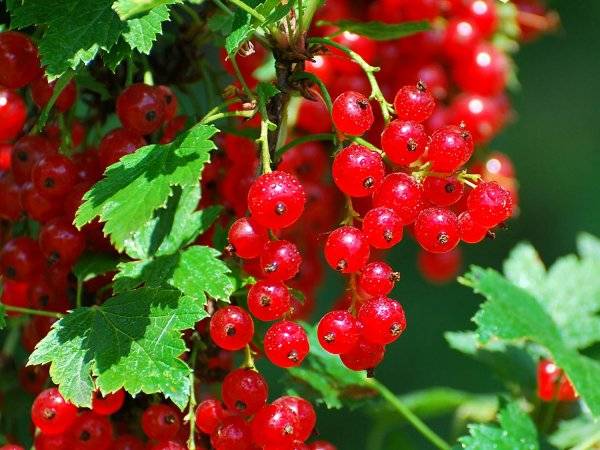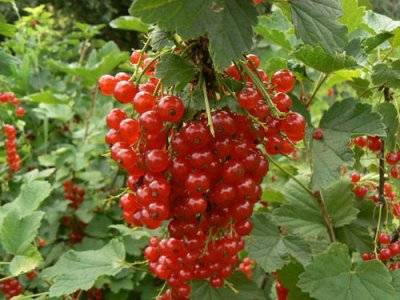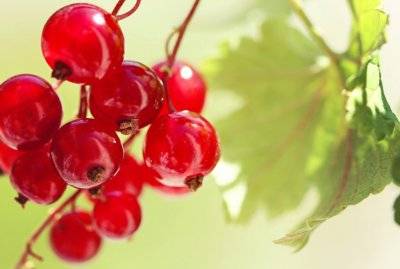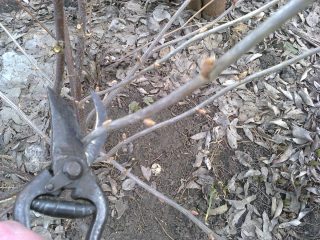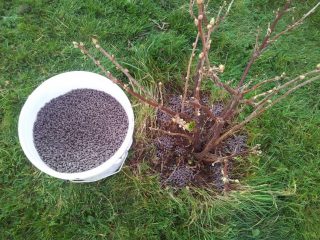Content
The winter-hardy variety of currant Nenaglyadnaya with red berries was bred by Belarusian breeders. The culture is famous for its high yield, reaching 9 kg per bush. Berries serve as a preservative for pickling vegetables, and are also used in the preparation of desserts, jam, juice. It will be better to help you get acquainted with the description of the currant variety Beloved photo, as well as reviews of gardeners.
The main characteristics of the culture
In general terms, the description of the Beloved red currant can be described as a short, moderately branched bush, densely covered with bunches of berries. For a more detailed description, it is worth studying all the features of the variety:
- The currant bush produces thick young shoots. After lignification, old branches acquire a gray bark. On the shoots, oblong buds are formed.
- The leaf is large, five-pointed, a bit like a maple shape. The surface is rough without gloss.
- Inflorescences are small, saucer-shaped. Yellow flowers with a greenish tinge appear in early May, and by the middle of the month they have already faded.
- The berries are collected in bunches. After ripening, they acquire a bright red color. The size of all berries is almost the same. The taste is dominated by sweetness, but there is also a lot of acid. One berry weighs about 0.8 g. Bunches are capable of hanging on branches for a long time. The berries do not crumble spontaneously, retain their taste and beautiful appearance.
The currants are delicious fresh, they are processed, goes well with apples when making jam. The berries contain sugar - up to 12%, acids in the form of vitamin C - up to 30.2 mg / 100 g.
The beloved red currant gained popularity with its productivity. The average is 9 kg per bush. A young plant in the first year brings up to 3 kg of berries. The yield of an adult bush with good feeding and weather conditions reaches 12 kg. Ripening of berries begins in late June. With a protracted spring, the dates are shifted to the beginning of July.
The variety is considered to be 60% self-fertile. Even with a poor flight of bees, self-pollination will occur, which guarantees an annual harvest. Currant bushes Beloved tolerate cold winters well. The variety is adapted to the weather conditions of the middle zone. Wintering takes place without the obligatory cover of the bushes.
The video tells about the variety Beloved:
Positive and negative traits of the variety
It is better to characterize the description of the red currant variety Beloved, positive features will help:
- The variety is considered winter hardy. Plantations of the red currant Nenaglyadna do not need shelter for the winter, which greatly simplifies the care of the crop.
- Due to its high yield, the Nenaglyadnaya variety is grown commercially. Nurseries collect up to 11 tons of berries from 1 hectare.
- A high rate of self-fertility - 60% allows you to get a crop without the participation of insects.
- The beloved is distinguished by strong immunity. Rarely affected by powdery mildew.
- Red currant berries are tasty due to their high sugar content and healthy due to vitamin C. Additionally, the composition contains organic and mineral substances, pectin.
- By design, the berries of the Nenaglyadnaya variety are considered universal. Preserves, juices, fresh desserts are prepared from currants.
A negative feature of red currants is a weak resistance to leaf spot.
Landing features
Excellent Currant Beloved grows on loamy and non-acidic soil. The presence of nutrients in the form of organics and minerals is imperative. Currant bushes develop well on loose drainage soil. The root system will not suffer even when groundwater is up to 60 cm deep, you just need to organize a bed on a hill.
The place for planting red currants is chosen sunny, not shaded by trees. The shrub is well adjacent to the gooseberry. It is impossible to plant the Beloved variety near black currants. Bushes will not get along side by side. Other vegetation has no effect on red currants.
The best time for planting seedlings is the beginning of autumn. For currants, they dig a square hole measuring 50x50 cm or a round one with a diameter of 50 cm and a minimum depth of 60 cm.The distance between the holes is at least 2 m.It is impossible to place the bushes closer, since they have little room for full development. Part of the bush will be in the shade and the roots will intertwine. About two hours before planting, a red currant seedling is prepared by cutting off dry roots and submerging it in water. For the rapid development of the root system when soaking, add the drug "Kornevin".
The life span of the Beloved red currant is from 20 to 25 years. To make the bushes comfortable to grow, a number of preparatory measures are performed before planting:
- A seedling hole is dug deeper than 60 cm. A layer of wood chips or finely cut branches is poured onto the bottom. Sprinkle organic matter on top with fertile soil.
- About 0.5 kg of chalk is mixed with 1 tbsp. l. potash fertilizer. The layer is laid out at the bottom of the hole and compost is poured on top.
A lot of water is poured into the pit. After the liquid has been absorbed into the ground, all layers will settle and condense.
When the layers flooded with water settle, a mound is poured from the soil at the bottom of the hole. The Darling currant seedling is lowered into the hole, spreading the roots along the tubercle. The stem is slightly tilted to the side and begin to cover the hole with earth. The first 3 buds on the seedling from the root side are completely covered with soil. If the soil is too sticky or heavy, sand is added to loosen it. After filling the roots, the currant seedling is watered abundantly. Liquid mud will envelop the root system better, creating better conditions for the bush to take root.
After absorbing water, bare roots may remain on the surface. They are simply sprinkled with earth, but not rammed. The upper part of the seedling is cut with pruning shears immediately after planting or before the procedure. A stalk with four healthy buds is left above the ground. With the onset of spring, branches will grow from them. The buds left in the ground will sprout basal shoots.
For the winter, a mound of earth 12 cm high is poured around the seedling. So it will be easier for a young currant to survive frosts. In the spring they rake the mound. A normally overwintered currant seedling will grow 4 branches over the summer. The following fall, they are shortened with pruning shears, leaving ¾ of the length.
Pruning an adult bush
Spring pruning of the currant bush is performed in the second year of life. The branches are cut at the stem itself so that there are no stumps. Only four strong shoots are left on the bush. All other weak branches are removed.
According to a similar scheme, pruning is done each subsequent spring. On each shoot left from last year, four strong shoots are again left. As a result, in the fifth year, a full-fledged adult bush with 10 main branches is formed. By this time, starting from the third year of life, the Beloved currant brings the most abundant harvest.
After the end of the formation of the bush, you can not shorten the branches, even if they are too long.Red currants have a distinctive feature based on the formation of fruit shoots on the tops of old branches. It is they who will bring most of the harvest next year. An old branch with young shoots bears fruit for about 10 years, then it is removed at the very root. At this place, a new shoot grows, requiring shaping.
Top dressing of bushes
Considering the description of the Beloved red currant variety, photos, reviews, you should pay attention to feeding. The bush is undemanding to the special fertility of the soil, but over time it needs to be replenished with nutrients. The fertilizer applied when planting a seedling will last for a maximum of three years. With the onset of the fourth spring in early April, red currants are fed with urea at the rate of 25 g per 1 bush.
In May, flowering will begin, and the currants are fed with a mullein diluted with water, adhering to a ratio of 100 g / 1 l. To increase the yield, top dressing is carried out by spraying. The solution is prepared from 10 l of water and 2 g of dry boric acid powder. Spray currants in the evening if there is no rain.
A good top dressing is a mulching layer 10 cm thick. Humus or peat is scattered over the surface of the earth around the bush. Potash and phosphorus-containing fertilizers are poured into the soil during loosening in autumn or spring 1 time per season. It is impossible to scatter the granules on top because of the low probability of penetration of nutrients to the roots.
Watering plantings
Red currants do not need to follow the watering schedule. The bushes have enough moisture extracted from the ground. If the weather is hot for a long time, the bushes are watered while the berries are being poured. You need a lot of water, up to five buckets. First, a hole is raked around the bush and a bucket of water is poured out to moisten the soil. After complete absorption, add the remaining 4 buckets of water. The procedure is performed in the evening to avoid steaming the roots in the hot sun.
Testimonials
About red currants There are a lot of beloved reviews from gardeners. The variety has spread widely across all regions of the country. We offer you to get acquainted with some interesting thoughts from gardeners.
